Behind most great characters there is likely a great character biography in the author’s fiercely guarded keep. If not, that author has an amazing memory—we hope.
In this article, you’ll learn what a character bio is, why you should create one, and how you can use the Character Bio template in Plottr to keep you and your books on track.
What is a Character Bio?
A character bio or biography is simply a document professional authors use to record the basic details of their characters lives, such as their height, birth place, religion, and educational background, among other important tidbits discussed below.
A robust character bio provides you as an author with a full backstory of your characters’ lives—a central source of truth that you can always reference for insight into how they would appear, think, or behave in a given scene or situation.
Many modern novelists, including bestselling authors like Jerry Jenkins, use character biographies to develop their heroes, heroines, villains, and supporting cast.
Should You Create a Character Bio?
Yes! Even if you have a memory like Sherlock Holmes, the short answer is yes.
Here are five reasons you should create a character bio:
- To keep your character consistent throughout the story: Don’t you hate it when a character who said she’s afraid of heights waltzes around a rooftop without any qualms? Character bios help you (and your character) avoid this type of embarrassment.
- To make your characters come to life: Your character is more than a physical description. Character bios help you go beneath the skin to tackle bigger questions about who they are. The result? A fuller picture of them as you write the story.
- To have a handy character reference as you write: Have you ever forgotten the color of your heroine’s eyes? Or if your hero graduated from Harvard or Yale? With these and other character details at your fingertips, you’ll be able to focus on the storyline while staying true to your characters.
- To write faster: Character bios give you an intimate glimpse into what makes your characters tick. When you already know them inside and out, you’re better able to visualize how they’d act in certain situations, making it easier to write your scenes.
- To add conflict: Character bios provide you with fodder for interesting story conflicts and plot twists. For example, knowing your hero’s greatest fear will allow you to throw them into a situation where they have to face that fear.
If you’re a pantser or discovery writer, you may not outline or organize your plot. But it’s hard for anyone to write a novel if you can’t keep your basic character details straight.
The Plottr Character Bio Template
While character bio examples come in many different shapes and sizes, the template included in Plottr gives you 17 essential attributes as a foundation for your character’s backstory.
Here are the components of the Character Bio template in Plottr:
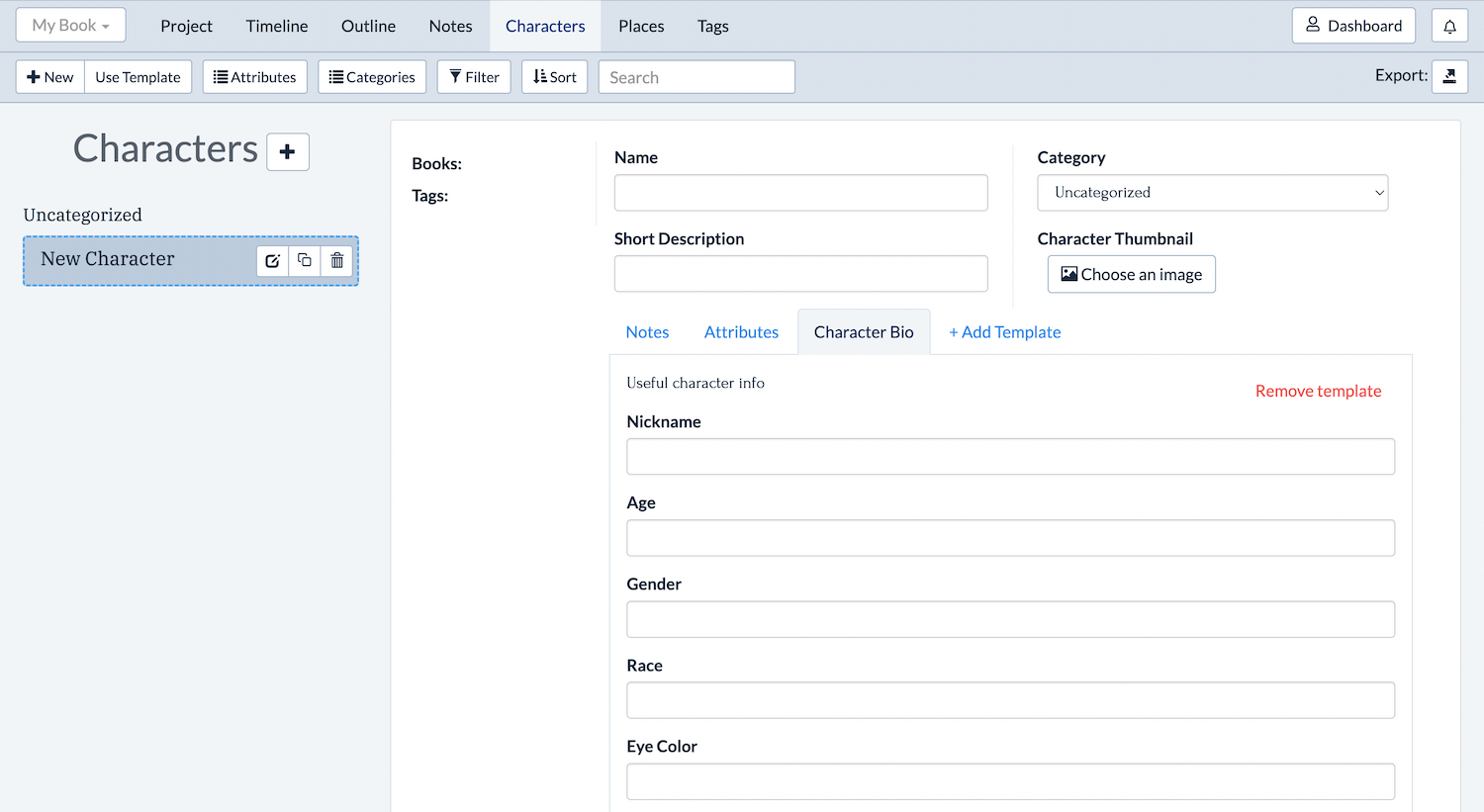
- Nickname: A derivation of the formal name or something totally different
- Age: Based on the character’s birthdate
- Gender: What the character was born as or what they see themselves as
- Race: Ethnic background or country (or planet) of origin
- Eye color: Add whether the character wears contacts or glasses
- Hair color: Differentiate whether it’s a real hair color or salon-assisted hair color
- Skin color: Add how the character feels about his skin color
- Height: Include how the characters feel about his or her height (too tall, too short?)
- Weight: Add whether this is a recent weight change (gained or lost weight)
- Religion: Note whether it’s how the character was raised or converted to
- City of Birth: Include whether the character still lives there or has returned
- Education: Doesn’t have to be only formal education
- Job Title: Note also place of employment and length of time there
- Bad Habits: Also called bad traits, examples include: worrying, easily angered, picking at cuticles, smoking, drinking in excess, overeating, always late, constantly texting, lying, and not showering.
- Good Habits: Also called good traits, examples include: a sense of humor, loyalty, patience, conscientious, humble, modest, adventurous, introvert and extrovert.
- Life Goals: Include both internal and external goals (these can be positive or negative). Examples: bring someone to justice; end a feud; change the past; seek revenge; live happily ever after; recover from an injury; betray someone; or save the world.
- Fears: Think about phobias (like fear of heights) or traumas (like fear of riding in a car after an accident). Some ideas include: public speaking, drowning, being touched, flying, an insect or animal, confined spaces, clowns, being alone, failure and hospitals.
Is your brain buzzing with ideas? Good. Just keep in mind that a character bio is intended to inform you, as the writer, about your character—much of what you’ll include should not be told to your readers explicitly.
As Stephen King never said, “a great character bio is not a license to info dump.”
An Example of Plottr’s Character Bio Template
Now that you have an idea of what a character bio is, let’s take a look at an example of the Plottr template in action. And to do that, let’s use the action film John Wick.
Here’s a character biography of the protagonist Jonathan Wick in Plottr:

- Nickname: John and Baba Yaga
- Age: 35
- Gender: Male
- Race: Caucasian
- Eye color: Green
- Hair color: Black
- Skin color: White, with tattoos
- Height: 6 foot 1 inch
- Weight: 175 pounds
- Religion: None
- City of Birth: Belarus
- Education: Trained to be an assassin by the Tarasov Russian Mafia
- Job Title: Assassin, retired
- Bad Habits: Anger, revenge
- Good Habits: Strength, durability, speed, agility, stamina, reflexes, and a high threshold for pain
- Life Goals: Killing the men responsible for killing the puppy his late wife gave him
- Fears: Not succeeding in his quest
Pretty nifty, right? By having this data on hand, you’ll never forget the basics of your character and what drives them (and you) toward the end of your novel.
How to Use Plottr’s Character Bio Template
If you’re ready to get started using the Character Bio template in Plottr, first you’ll need to purchase Plottr or sign up for the free trial.
Once you have Plottr set up on your computer, follow these four steps to add the Character Bio template to your character:
- Step 1: Open Plottr and start a new project (or open an existing one)

- Step 2: Once the project is open, navigate to the Characters tab and click the + button to create a new character (or edit an existing one), then click +Add Template
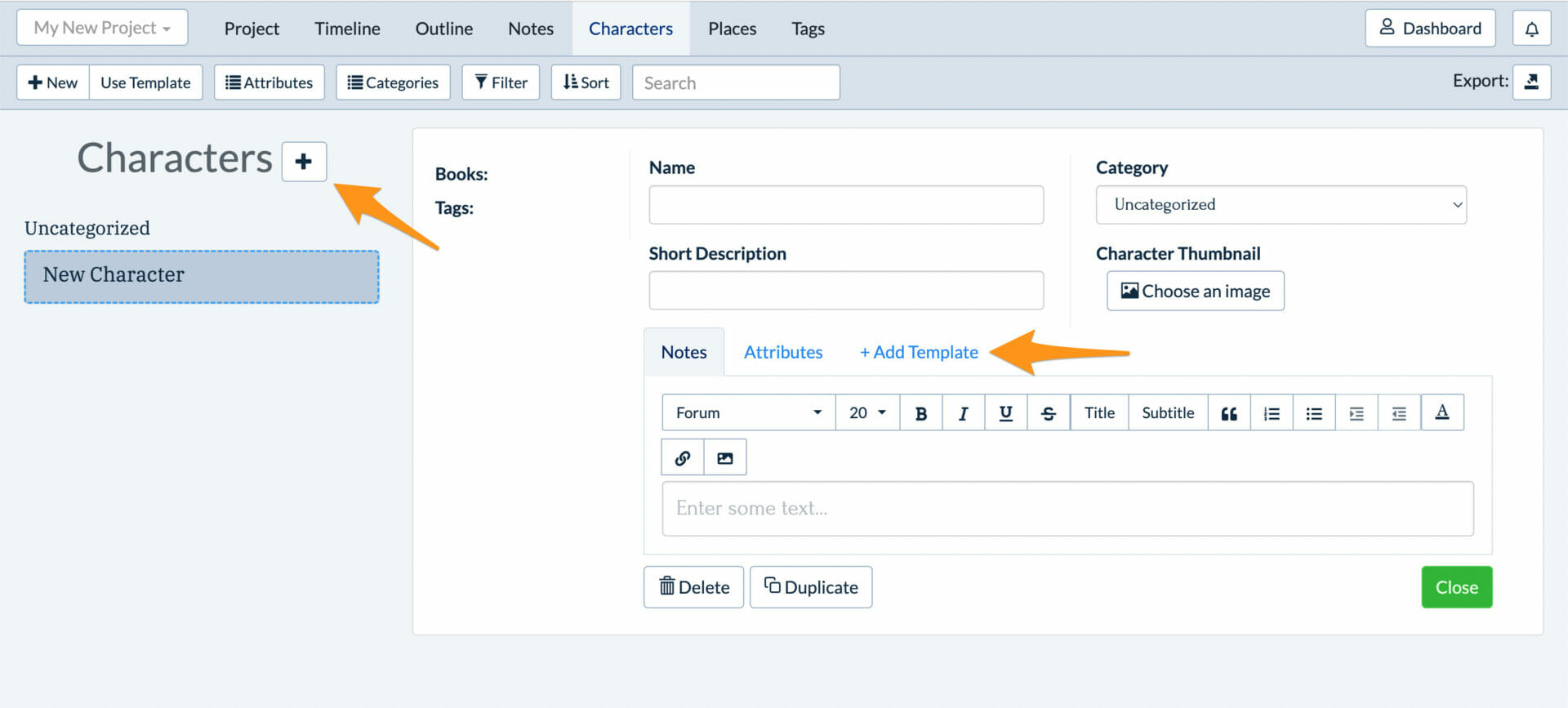
- Step 3: Select Character Bio from the list of character templates and click Choose to add it to your character’s profile
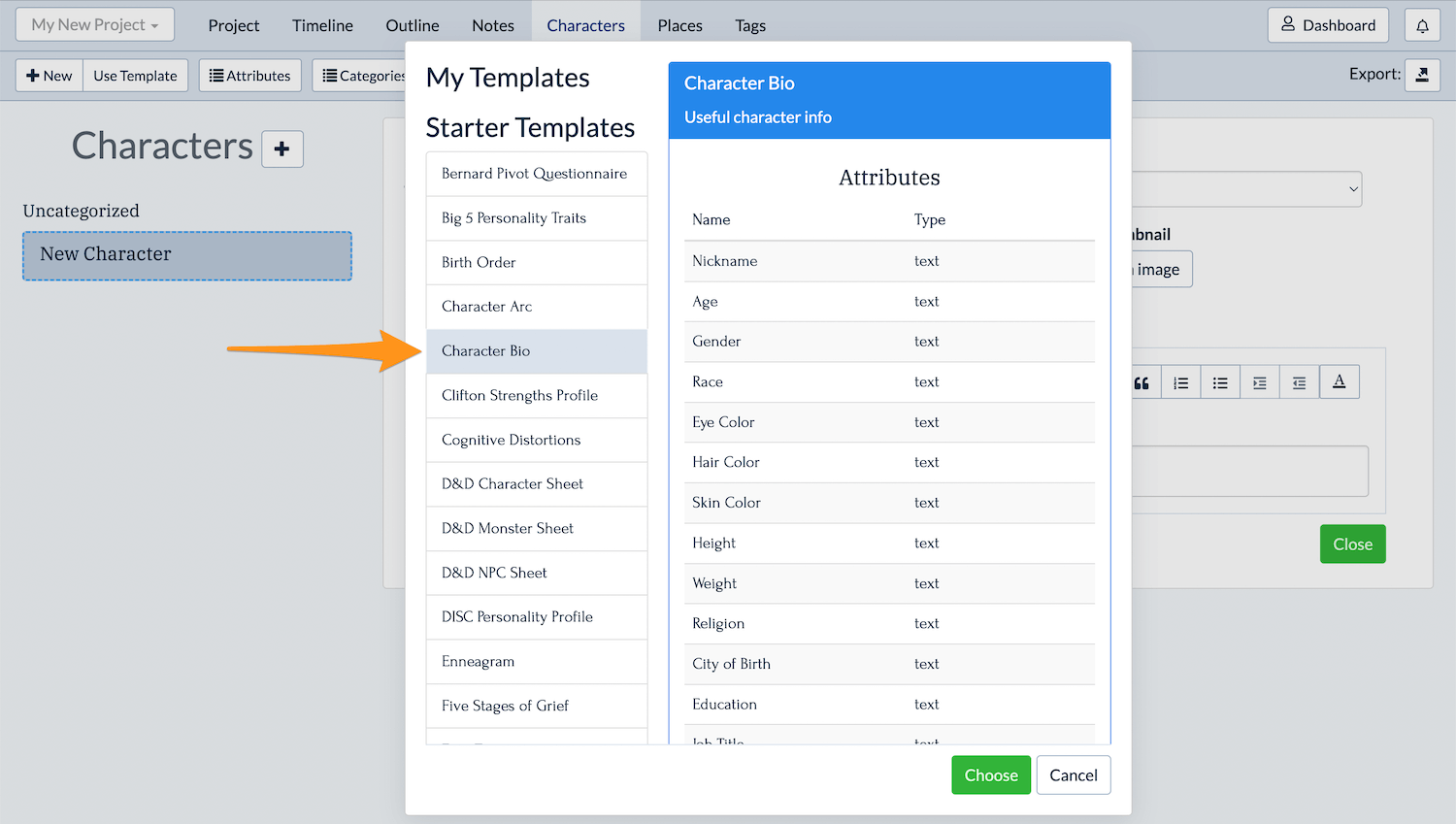
- Step 4: Start filling in the details of your new character bio template!
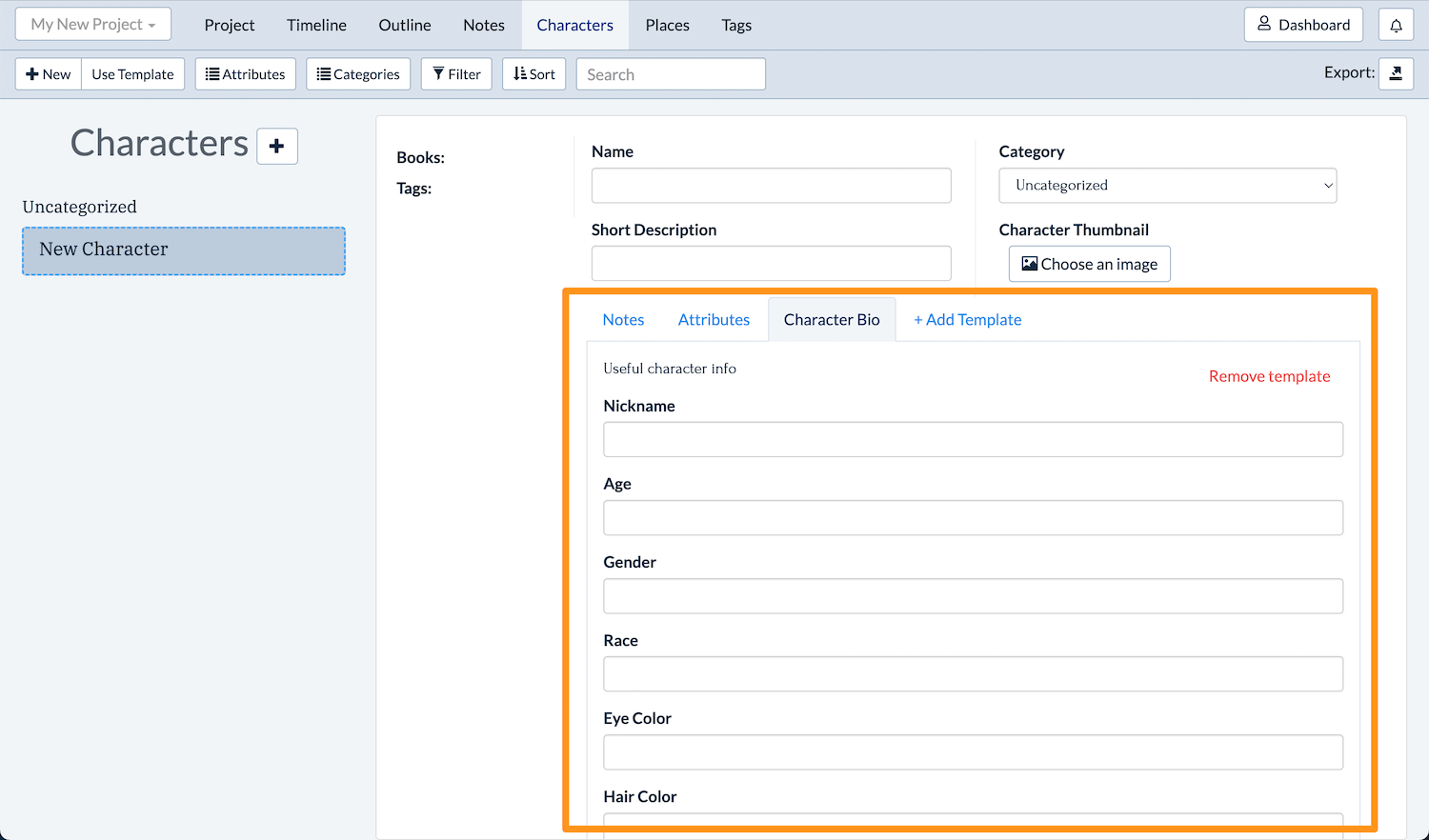
And voila! That’s how you organize your character bios in Plottr—easy peasy.
The Character Bio template also pairs well with these Plottr character development templates:
Using them in combination will give you a fuller picture of your character and can help to fill in some of the blanks in their story.
Start Creating Your Own Character Bios
Ready to create your own character bios? Get started with a free 30-day Plottr trial.

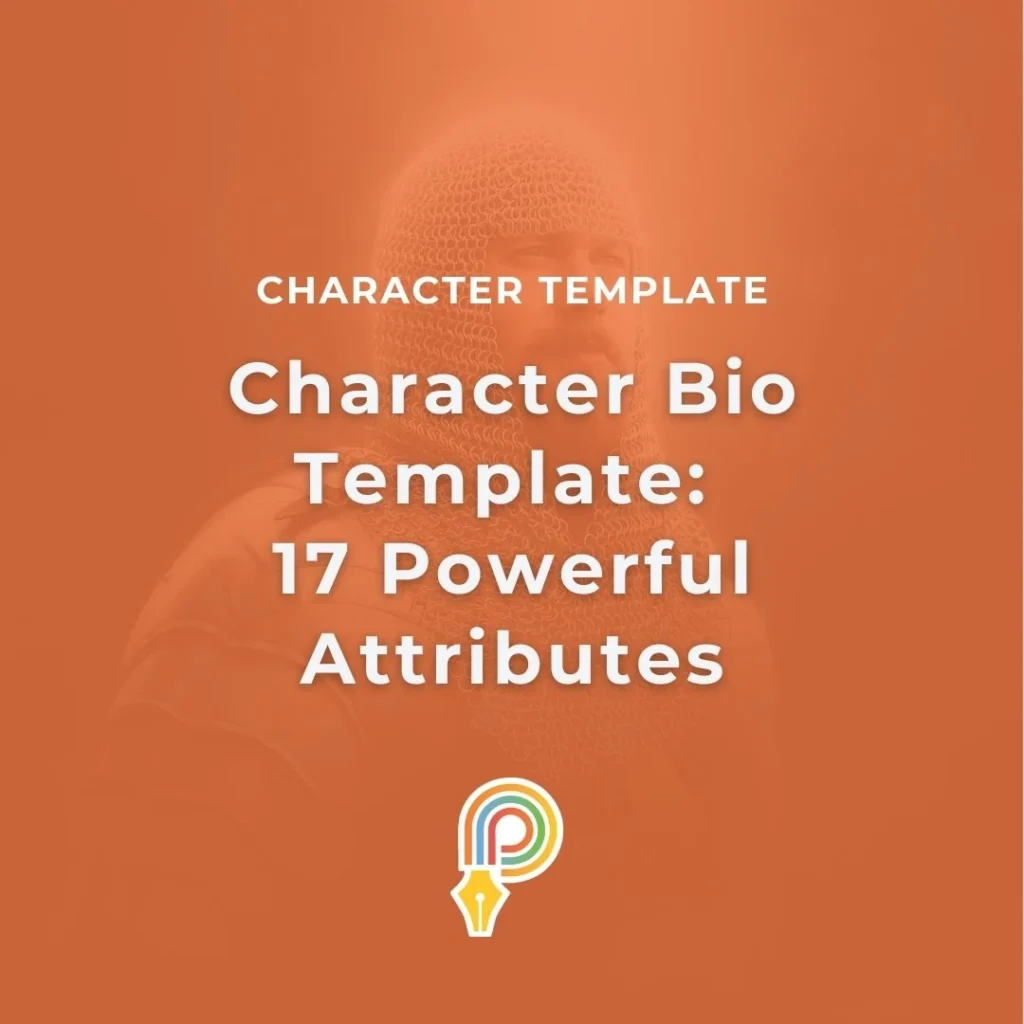




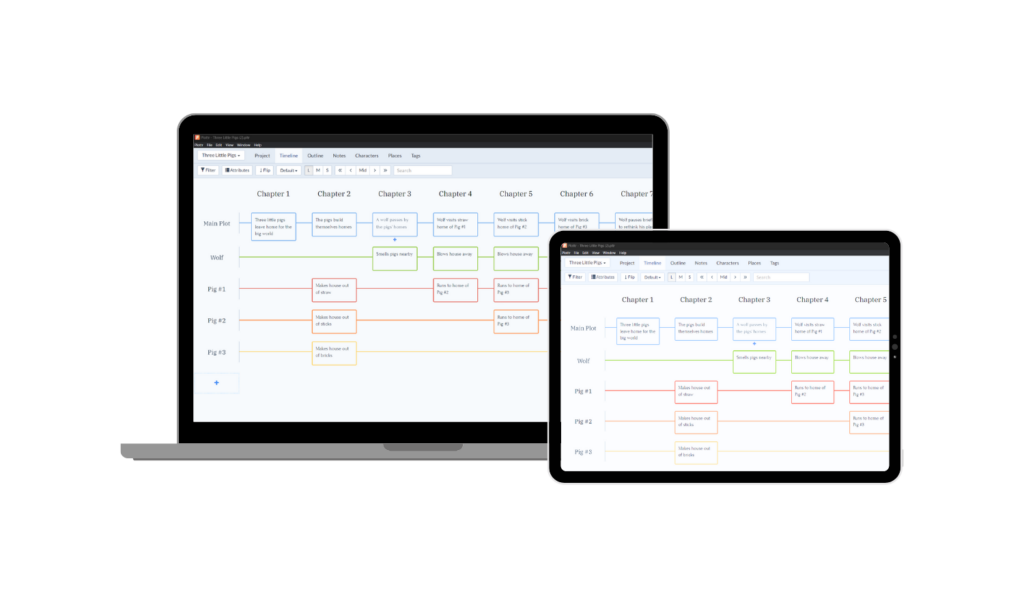
4 thoughts on “Character Bio Template: 17 Powerful Attributes”
I love making character bios! I do it in two steps.
First, I use a template I created myself to keep track of the character’s basic arc over the course of the story. I like to list what the flaw is the character will overcome, where they will be at the end of the story, where they will be at the beginning, who or what they are fighting against, and what their external goal is.
I was trained as a social worker so I then do the more extensive bio as if I were doing a biopsychosocial assessment. Under biology, I note what the character looks like, their sexual orientation, any inherited diseases or conditions, etc. Under sociology, I write a complete character history. And under psychology I write the way their history has influenced the person they are today.
I also love that you can put a photo on each character entry in Plottr. I usually find a photo of an actor that I would want to play the character.
This is a really smart way to approach this. I like the division of biological and psychological traits.
Do you give your character any personality tests to establish their psychology, or do you just work from their bio and history?
This is excellent and very helpful. Thank you for posting this
I’ve made character sketches of my ancestors, stories and poems but find it hard to make my own sketch, background story and poetry about my life.
I’m 76 so a long way to go back.